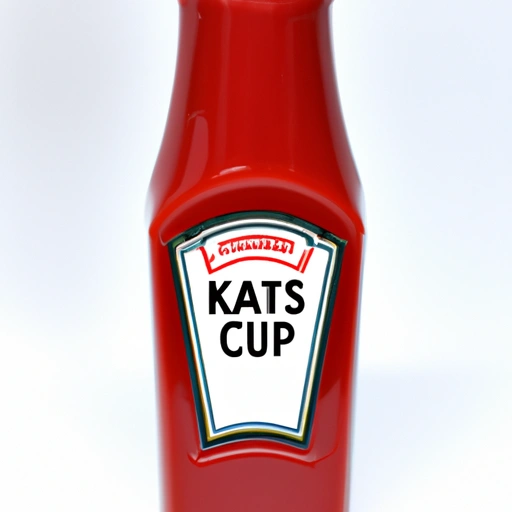Catsup
Description

Catsup, also widely known as ketchup, is a savory sauce that is a staple in many households globally. Its primary ingredients include tomato concentrate, distilled vinegar or acetic acid (azijn in some European languages), sweeteners like sugar or high fructose corn syrup, and a blend of seasonings and spices which often includes onions, allspice, cloves, and sometimes celery. Catsup is known for its sweet and tangy flavor profile with a hint of spice, which makes it a versatile condiment in numerous recipes.
Common uses
Catsup is commonly used as a topping, dip or ingredient. It pairs well with a variety of foods including fries, burgers, hot dogs, and is also used as a base for other sauces and dressings.
Nutritional value
Calories
A typical serving of catsup, which is about one tablespoon (17 grams or 0.6 ounces), contains approximately 20 calories.
Protein
Catsup contains a negligible amount of protein, with less than 0.1 grams per serving.
Fat
There is almost no fat in catsup, with a serving containing less than 0.1 grams.
Carbohydrates
Catsup contains about 5 grams of carbohydrates per serving, most of which come from sugars.
Vitamins
It provides a small amount of vitamins such as vitamin A and vitamin C.
Minerals
Catsup also contains trace amounts of minerals including potassium and magnesium.
Health benefits
The tomatoes in catsup provide the antioxidant lycopene, which has been linked to health benefits such as reduced risk of heart disease and certain cancers. However, the benefits need to be weighed against the high sugar and sodium content.
Potential risks
While catsup has some nutritional benefits, it is high in sugar and sodium, which can contribute to health issues if consumed in large quantities. It's important to consume catsup in moderation, especially for individuals monitoring their intake of sugar or salt.
Common recipes
Catsup is a key ingredient in many recipes such as meatloaf, barbecue sauces, marinades, and as a condiment for traditional dishes like hamburgers and fries.
Cooking methods
While typically used as a finishing sauce, catsup can also be included in cooking methods like baking, grilling, and frying for added flavor.
Pairing with other ingredients
Catsup is often paired with savory dishes. It complements the flavors of meats and is commonly found in fast food and casual dining establishments. Additionally, catsup can be mixed with mayonnaise, horseradish, or other condiments to create unique sauce blends.
Summary
Catsup is a globally recognized condiment that enhances the flavor of many dishes with its unique taste. It has an interesting history, evolving from a fish-based sauce to the tomato-based version we know today. While it does offer some nutritional benefits, it is best used in moderation due to its sugar and sodium content. Catsup's culinary versatility is evident in its inclusion in various recipes and its ability to pair well with a wide range of foods.